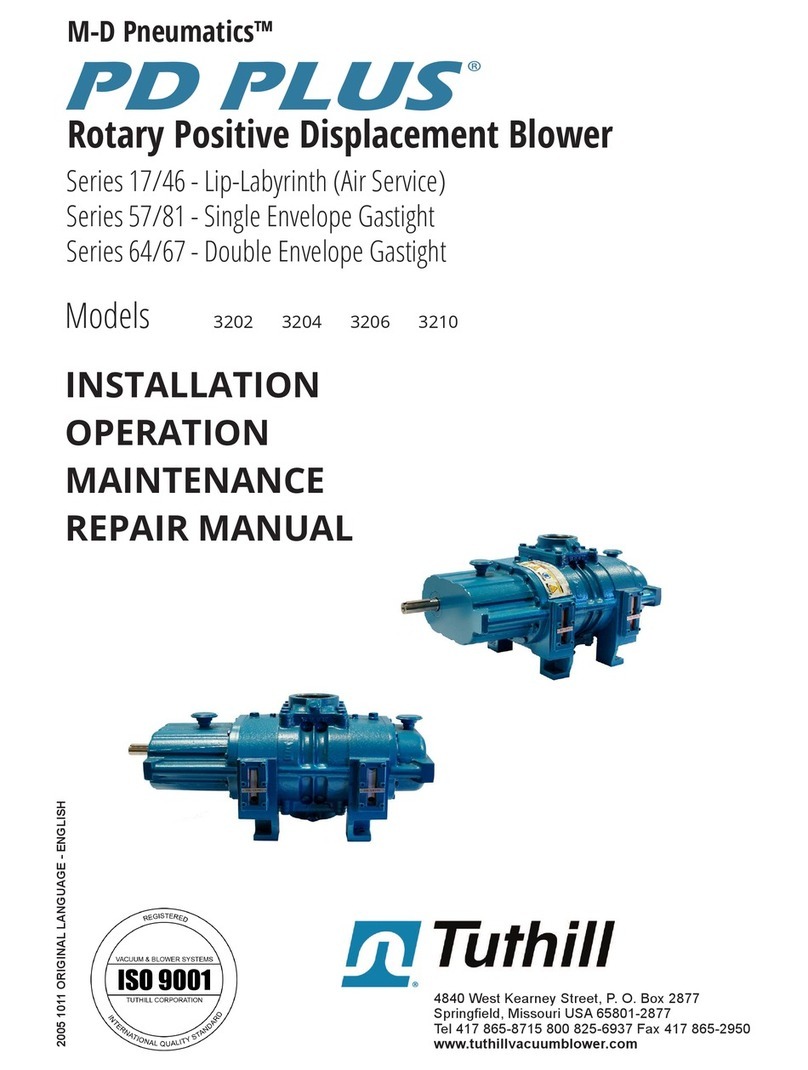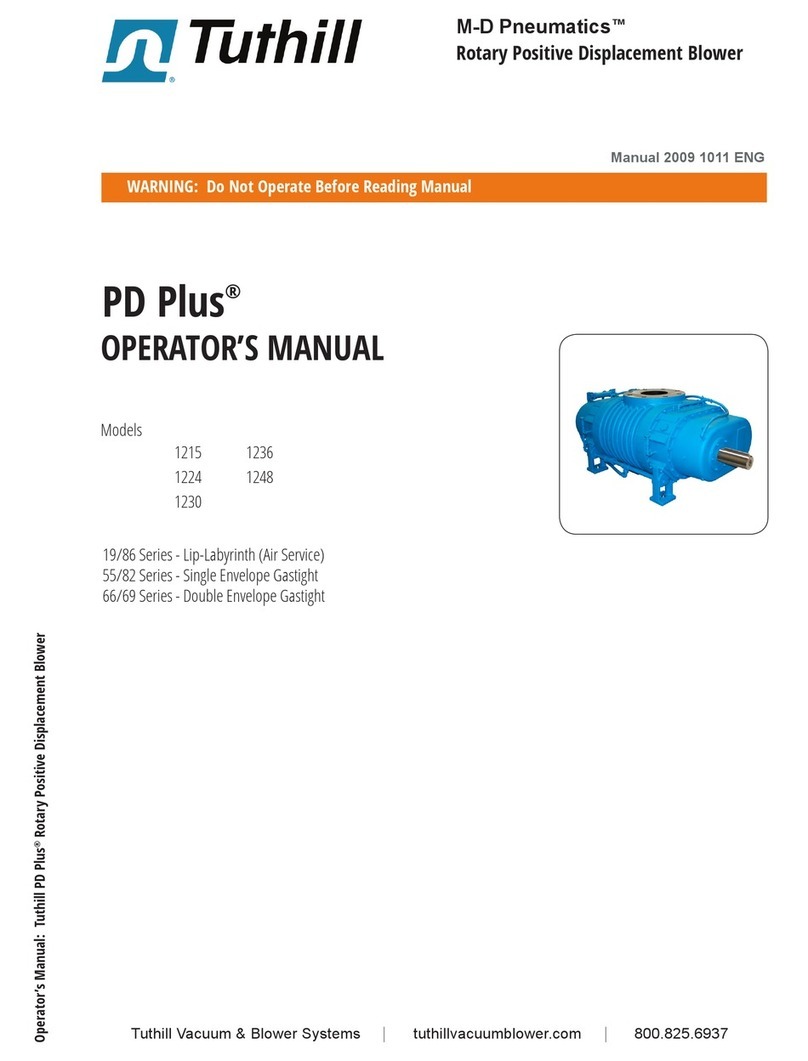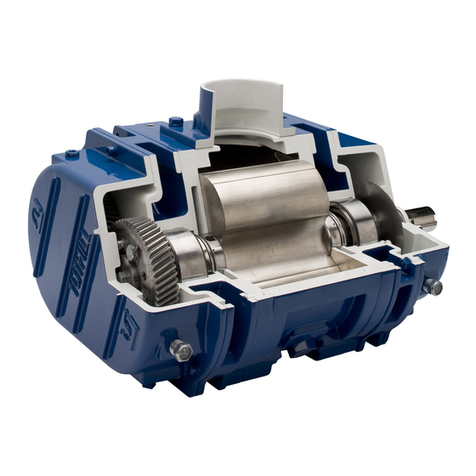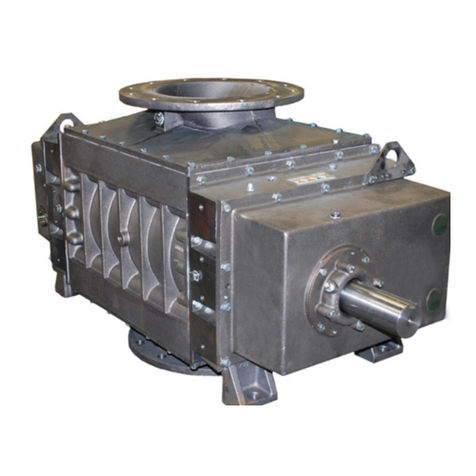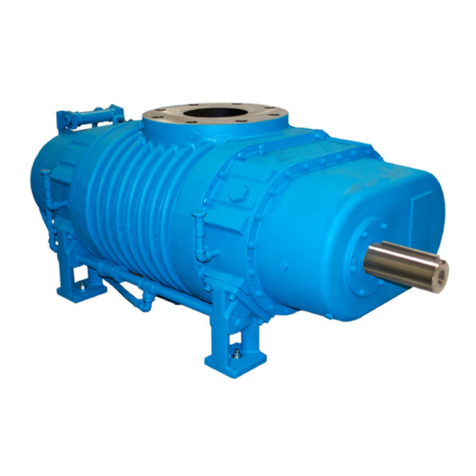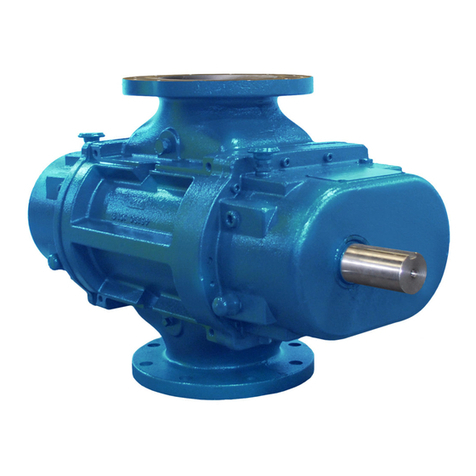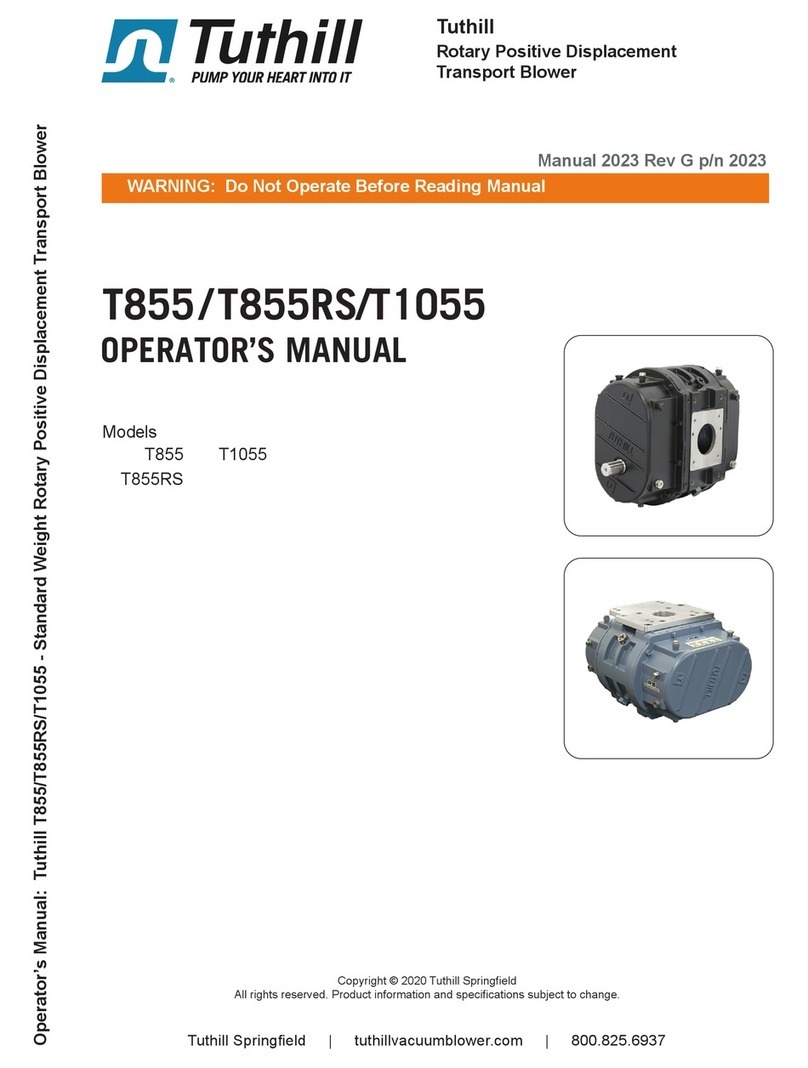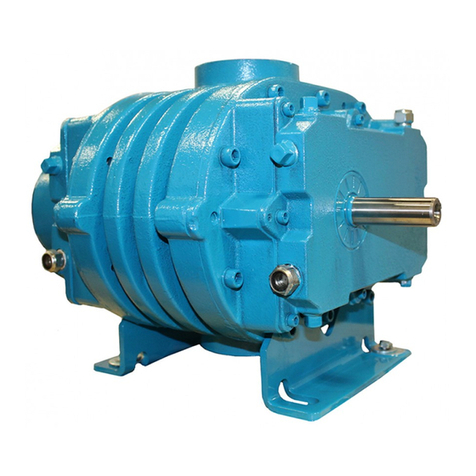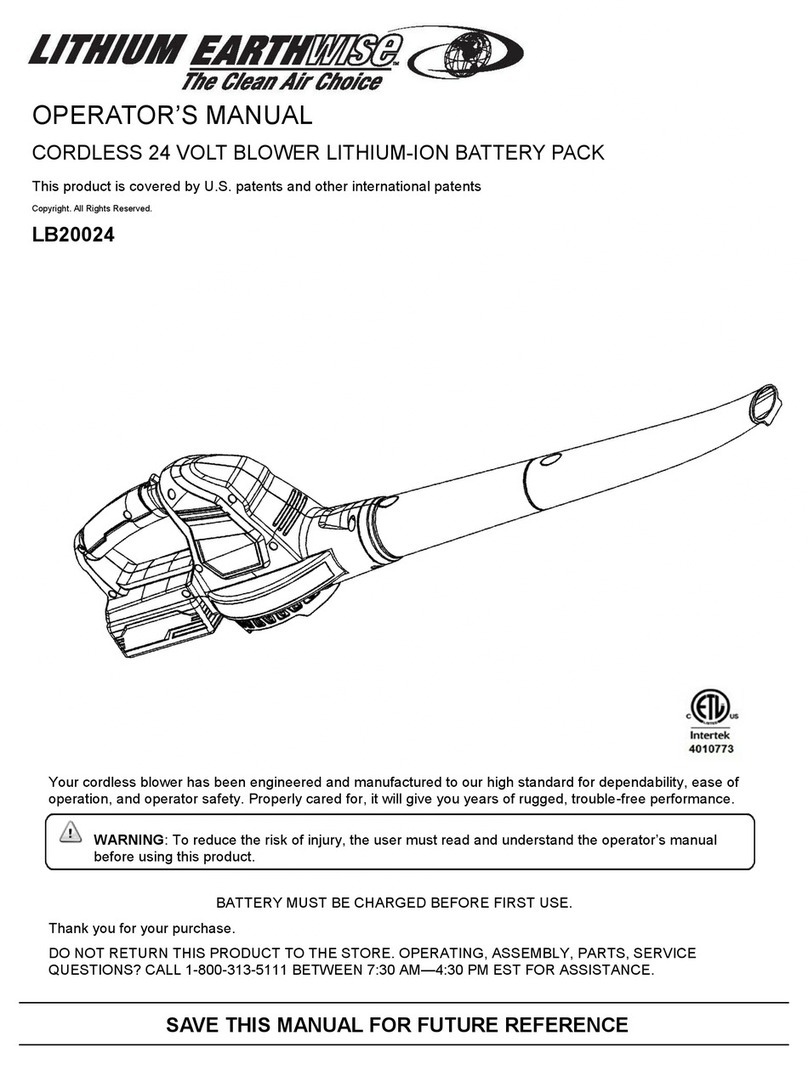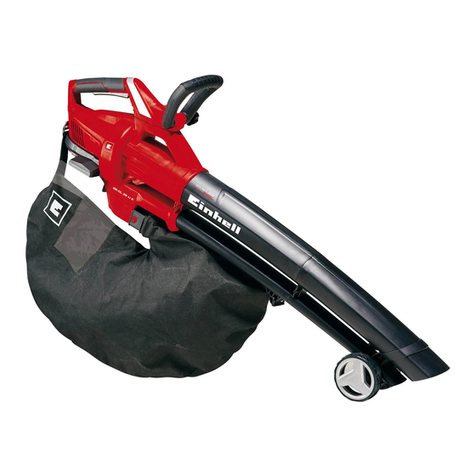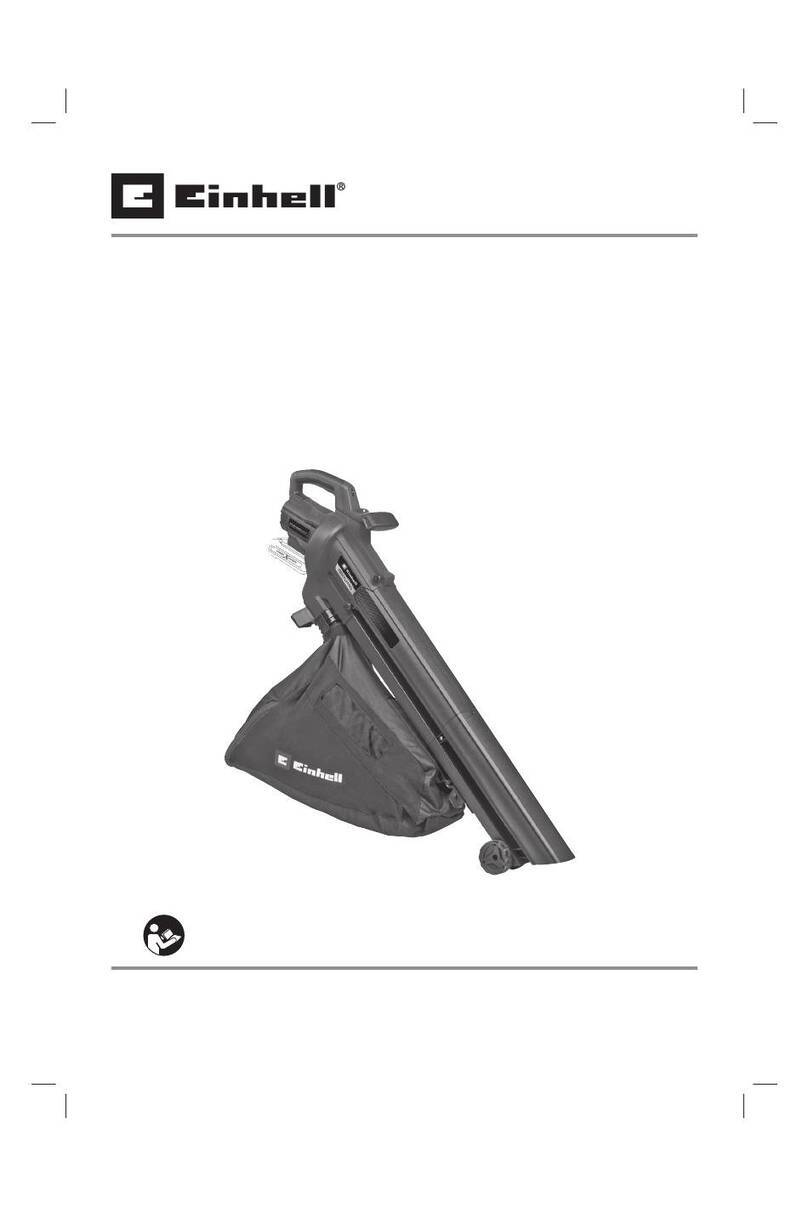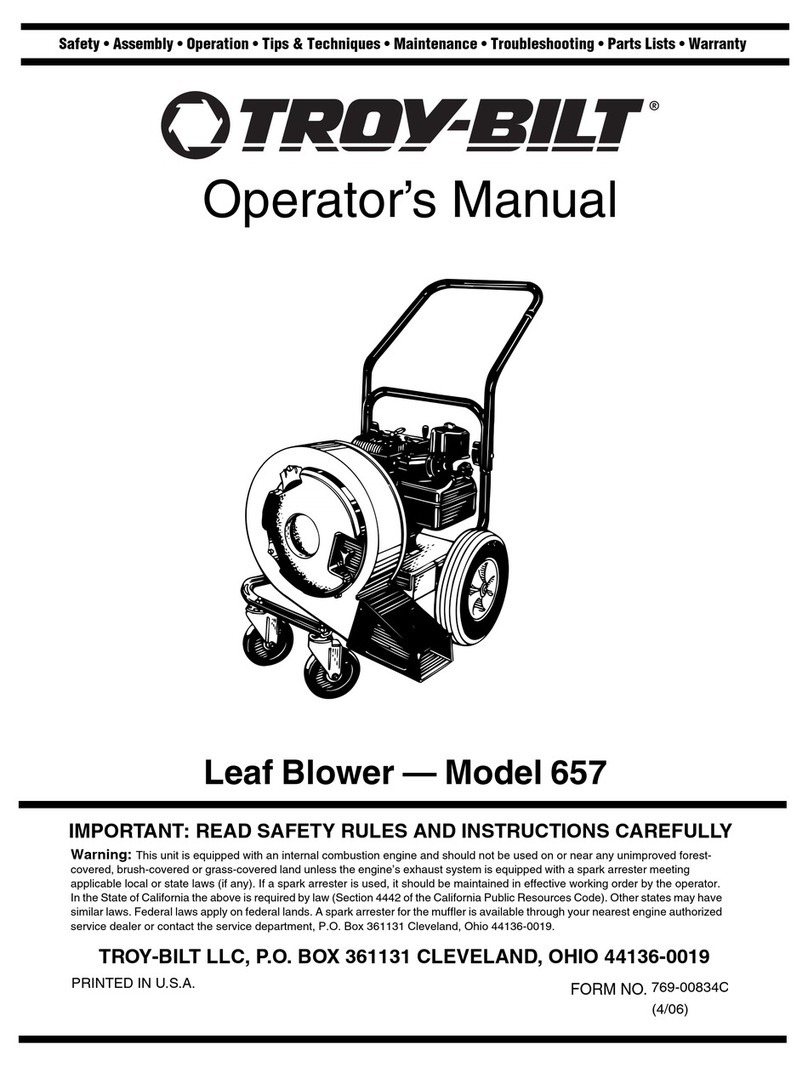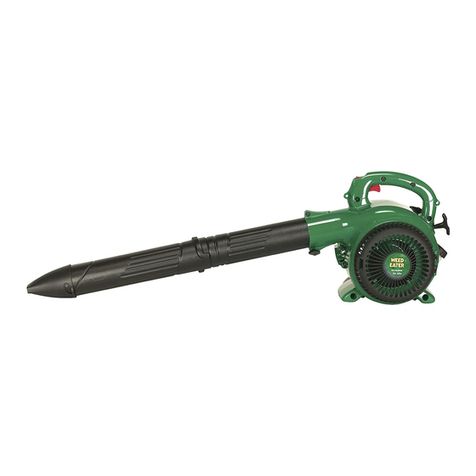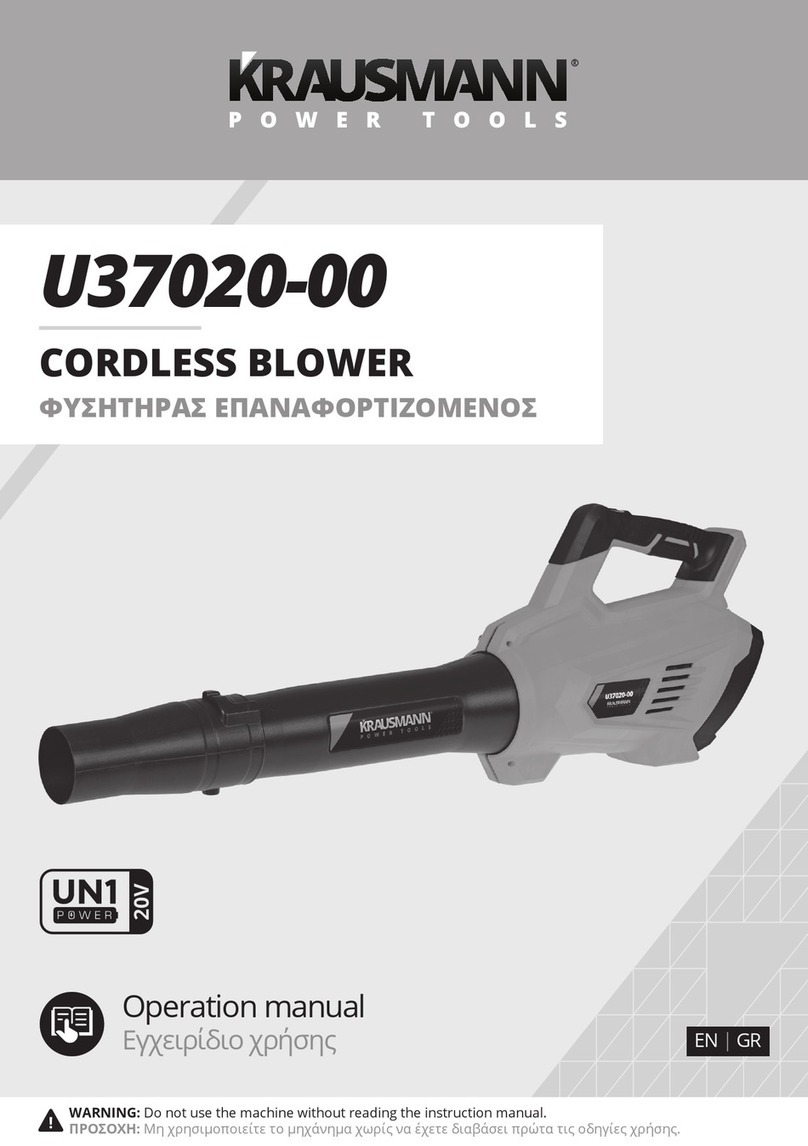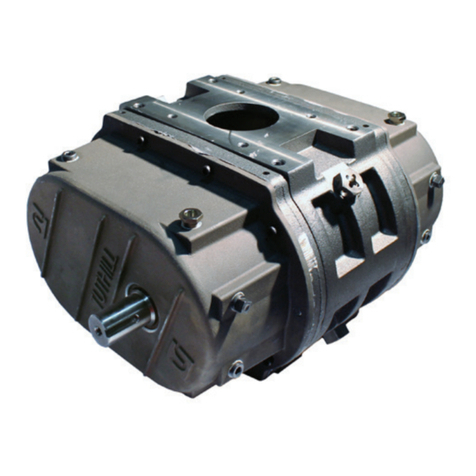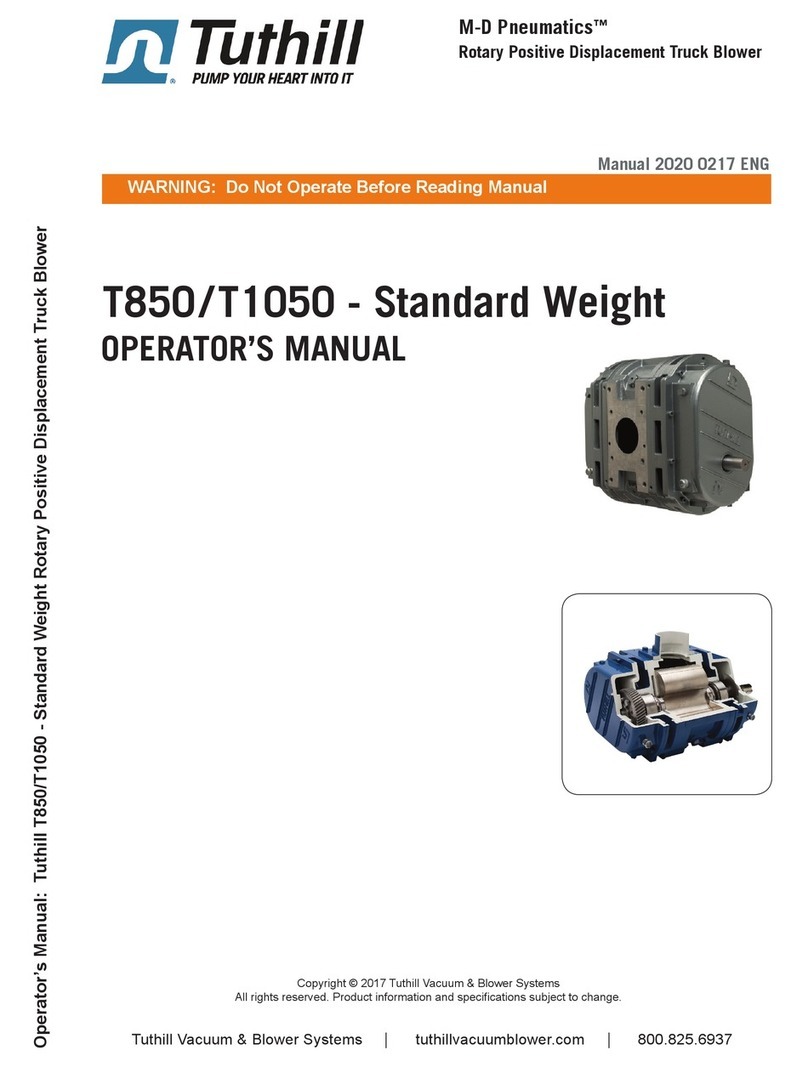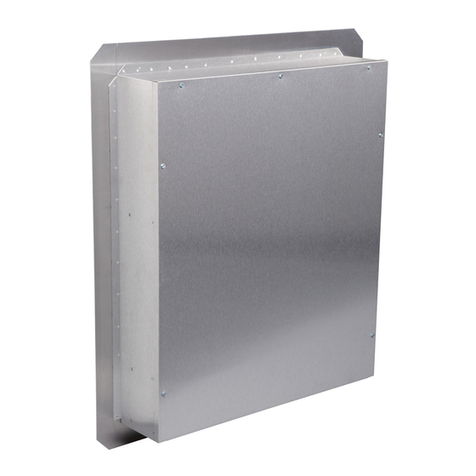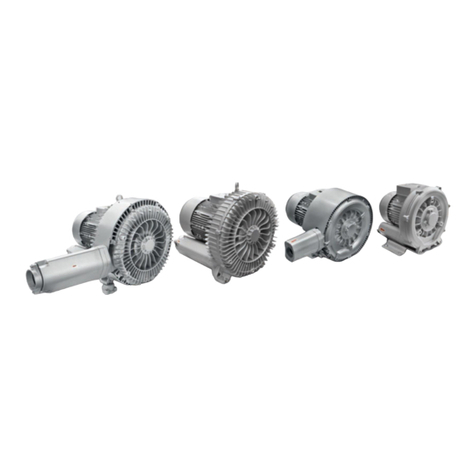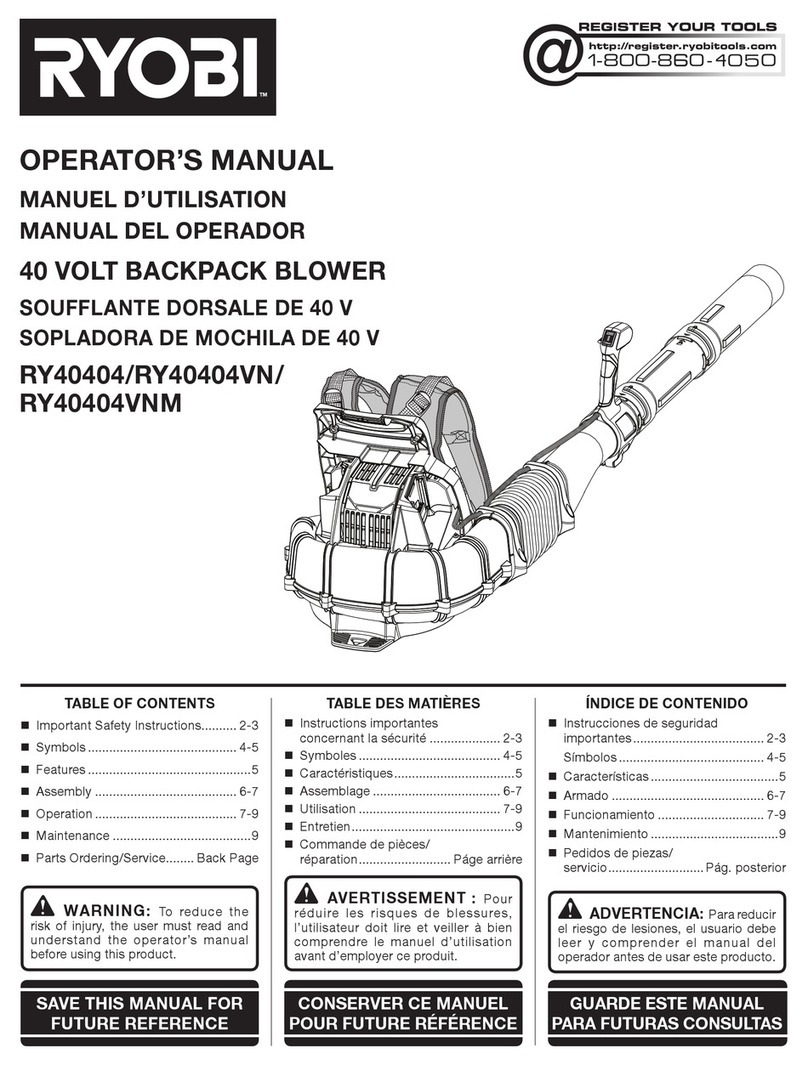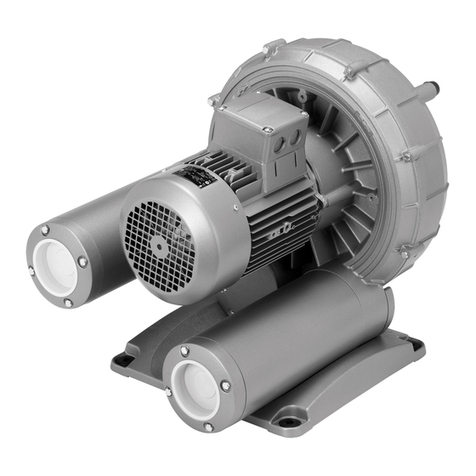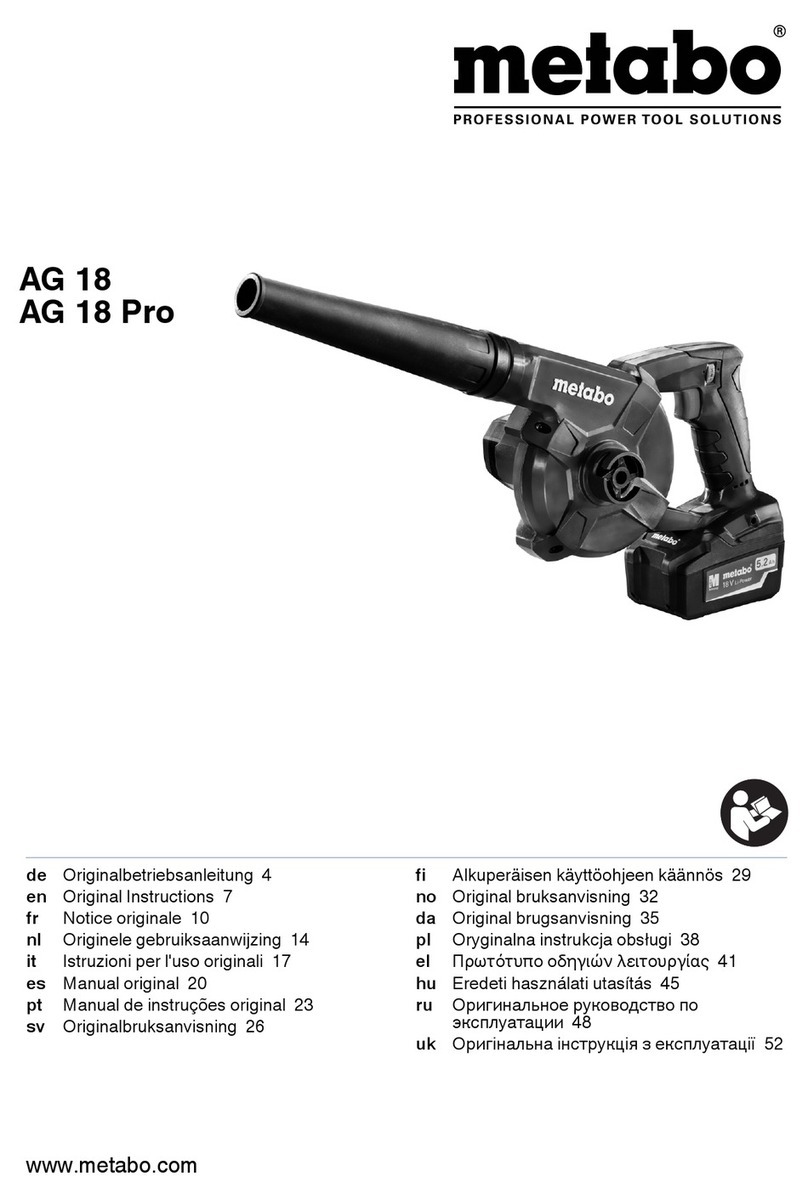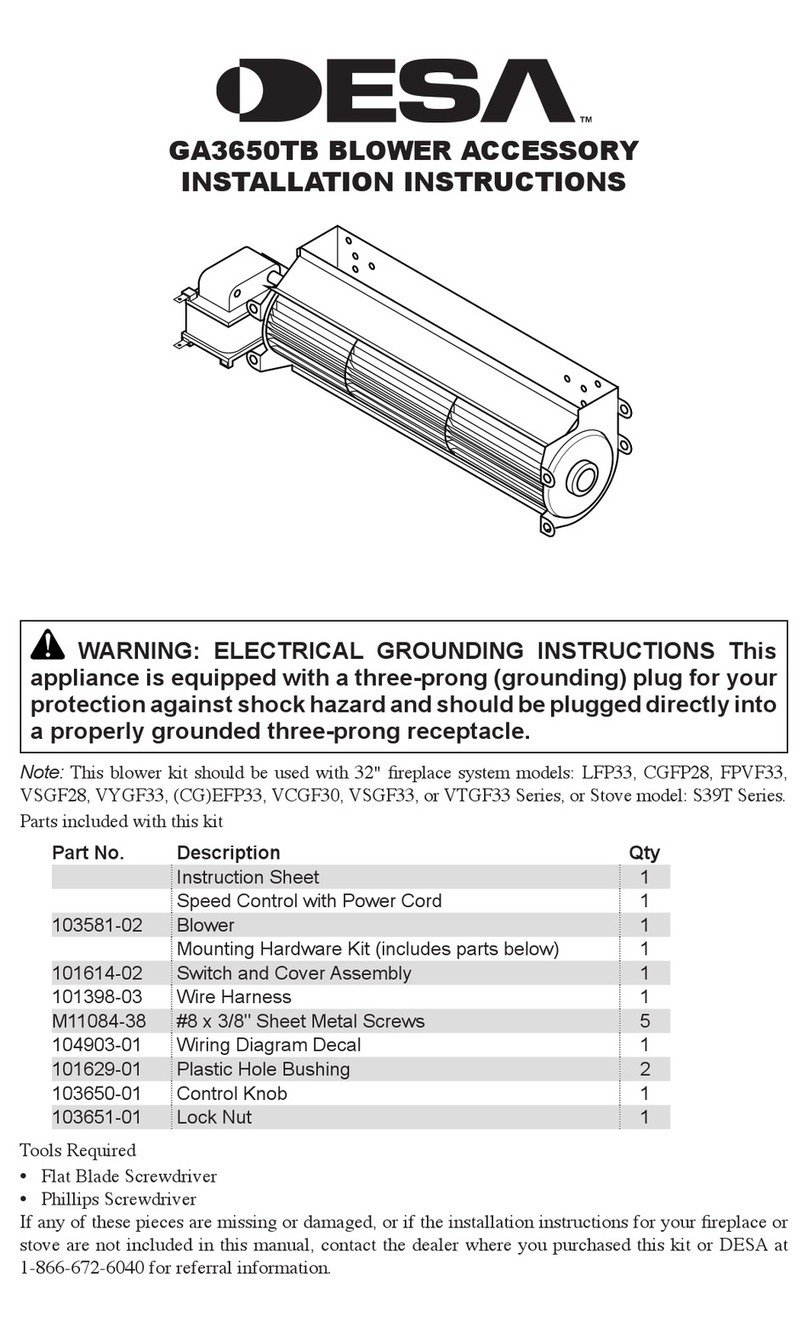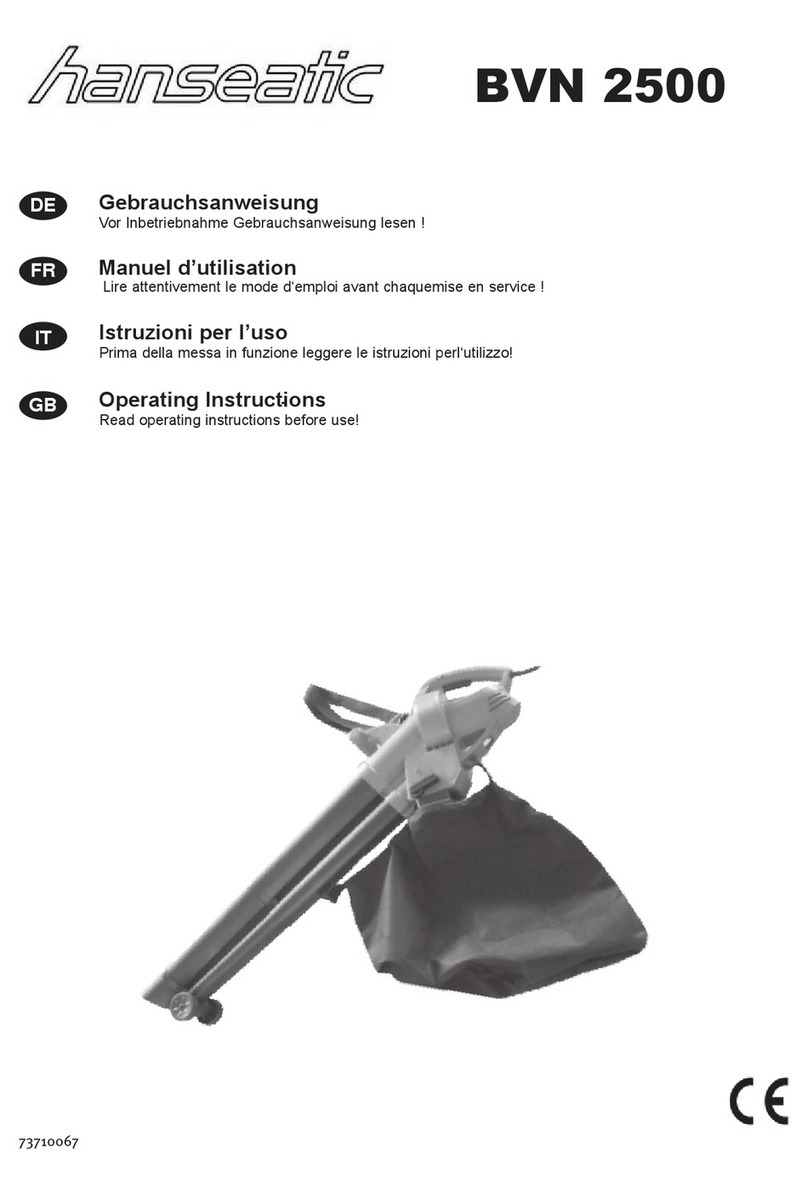
9
NOTE
Remove the protective covers from the shaft and inspect for damage.
Carefully check to ensure that no transit damage has been sustained. If damage has occurred from
shipment a claim must be filed with the carrier immediately; preserve the shipping container for inspection
by the carrier.
NOTE
In the event that your unit sustains damage while being shipped to your
facility, do not return it to the factory without first obtaining shipping
instructions from us.
Protective covers and plugs should not be removed until the connection is being made. Mount the blower
on a flat, level surface. We recommend a baseplate that is a rigid, solidly supported, and structurally
sound. Shim under the legs where necessary so that each leg of the blower supports an equal share of the
blower weight. This is necessary to prevent eventual twisting of the blower. Make sure feet rest evenly on
the mounting surface before fastening down. Twisting or cramping the blower in mounting will cause rotor
contact and binding during operation, resulting in a condition called “soft foot”. (See the Soft Foot section
of this manual for further details and preventative measures.)
A unit that is factory mounted on a base, should not require the above adjustments. However, since
the assembly can become twisted in shipping or installation, checking for soft foot should be done after
installation of the base. Shims may be needed for alignment. Loosen the foot hold-down screws to check
foot contact with the mounting surface. The base should be mounted on a solid foundation or heavy flooring,
using shims as necessary at bolting points to prevent warping the assembly. (Also refer to the Foundation
section.)
Transmission of small operating vibrations to a support structure may be objectionable in some cases. Use
of vibration isolators or vibration absorbing materials can be effective in overcoming this problem. To avoid
casing distortion, the treatment used should be applied under the common motor/blower base or mounting
plate, rather than directly under the feet alone.
Piping should be accurately squared with the blower and supported independently. Stress imparted from
incorrectly aligned piping or mounting will create problems with bearing and seal life, possibly leading
to premature internal contact. The blower should sit stress free and evenly on its supporting surface.
Care should be taken to evenly tighten the
mounting bolts to not impart undue stress
into the blower. Stress can be checked in a
free state with feeler stock or verified on a
previously installed blower with the aid of a
dial indicator. Less than .002” (.05 mm) spring
or gap should be found.
Use only clean new pipe and make certain it
is free of scale, cuttings, weld beads, dirt, or
any other foreign material. To guard against
damage to the blower, insure that an inlet
filter is used. Make provisions to clean the
filter of collected debris after a few hours of
operation and periodically thereafter. (See
the Piping Connections section for additional
details.)
Figure 3 shows a typical complete installation
of blower and accessories. Note the absence Figure 3 - Typical Blower Installation
AIR FILTER
PRESSURE
RELIEF VALVE
CHECK VALVE
FLEX CONN.
PRESSURE GAUGE DISCHARGE
SILENCER
INTAKE SILENCER
FLOW
FLOW
